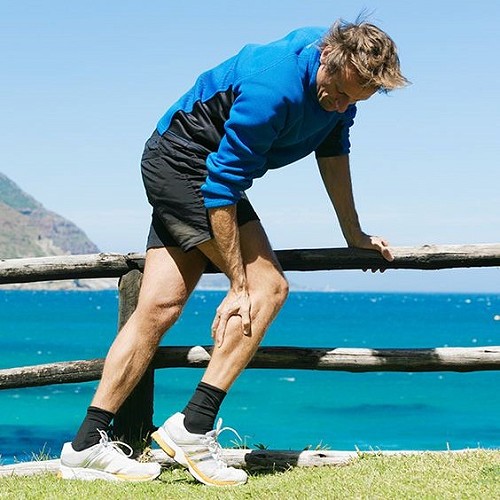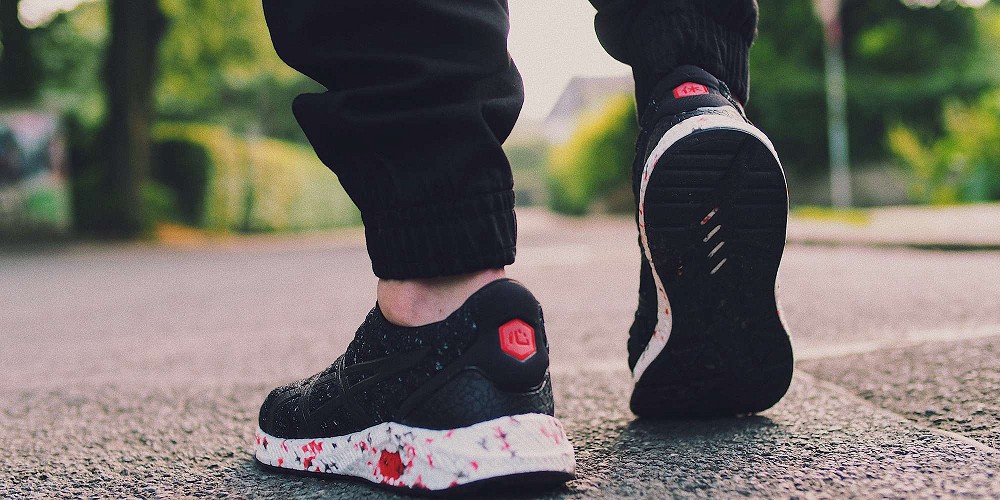Treating Ankle Sprains With Physiotherapy
Article by Emily MacHattie
Ankle sprains are pretty common, right? So do you even need to look for treatment for your ankle sprain?

Ankle sprains are among the most common sports injuries, but are also one of the most easily dismissed.
Unfortunately, once you have suffered an ankle sprain you are more likely to experience another in the future. However, this chance of recurrence can be dramatically reduced by appropriately rehabilitating an ankle sprain (1).
This begs the question: what should you do when you sprain your ankle?
What is an Ankle Sprain?
Ankle sprains occur when the ankle is rolled or twisted beyond its typical range. Most commonly the ankle is rolled to the outside (called an inversion sprain).
When the ankle moves beyond its typical range the ligaments supporting the ankle joint are stretched and torn to various degrees.
Ankle sprains are graded from one to three, with three being a complete rupture of the ligament. The degree of tenderness, swelling and bruising will often correspond to the degree of the sprain.
Instability, weakness and altered proprioception are some of the more common consequences of an ankle sprain (2). However, other injuries may also accompany sprains such as, fractures, muscle/tendon tears and/or disruptions of the cartilage, giving further importance to seeking treatment after an ankle sprain.
Use the R.I.C.E method
Following an ankle sprain R.I.C.E. should be applied ASAP:
- Rest
- Ice
- Compression
- Elevation
Using RICE for the first 0-72 hours will help reduce the amount of swelling that accumulates in the joint.
After this period it’s a good idea to seek advice and treatment.
Seeking Professional Treatment for Ankle Sprains
Physiotherapy treatment will vary depending on which ligament(s) are strained. However, the basic treatment principles are to:
- Reduce pain and swelling
- Regain range of motion
- Improve joint stability
- Restore strength, proprioception and motor control before returning to sport (2).
Recovery times vary depending on the degree of tearing but generally range from weeks to months. After examination, your physiotherapist can give you a better idea of your recovery timelines.
So, whether it’s your first, or fifth, ankle sprain its important to start with R.I.C.E, then progress through to range, balance, and strength exercises before getting back in the game!
References
- Sharpe, S. R., Knapik, J., & Jones, B. (1997). Ankle braces effectively reduce recurrence of ankle sprains in female soccer players. Journal of athletic training, 32(1), 21.
- Mohammadi, F. (2007). Comparison of 3 preventive methods to reduce the recurrence of ankle inversion sprains in male soccer players. The American journal of sports medicine, 35(6), 922-926.
You May Also Like...
-
 ArticleView Post
ArticleView PostDOMS: delayed onset muscle soreness
Build an understanding of why our muscles get sore and help mitigate the discomfort associated with soreness.
-
 ArticleView Post
ArticleView PostPhysiotherapy for Temporomandibular Disorders (TMD)
Do you clench your jaw, grind your teeth or bite your nails? Does this lead to clicking, cracking, locking or pain in your jaw? Physiotherapy may be able to help!
-
 ArticleView Post
ArticleView PostMOVE: An Approach to Treating Acute Injuries
M.O.V.E. has been proposed as the new standard treatment approach for acute injuries – but what does it mean?